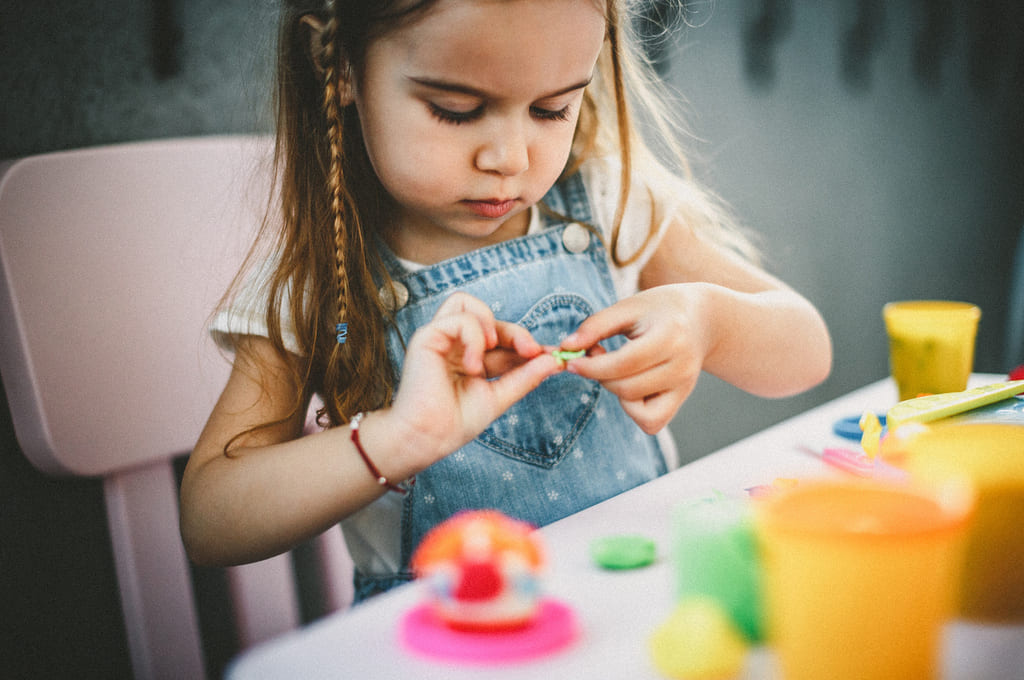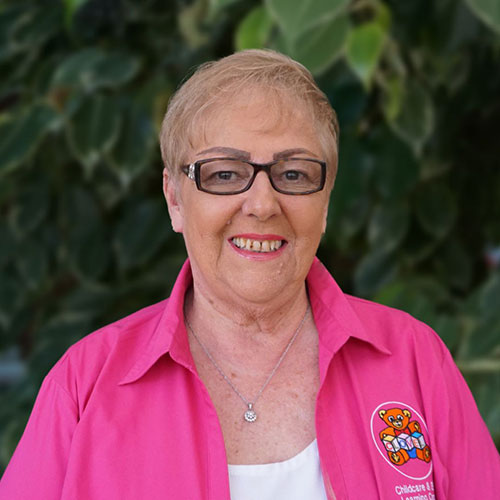Open-ended art activities for preschool-aged children are a fantastic way to encourage creativity, develop fine motor skills, and foster a love of self-expression. Unlike structured art activities, open-ended activities allow children to explore and create without any pre-determined outcomes or guidelines. In this article, we will discuss the benefits of open-ended art activities for preschool-aged children and suggest several examples to try.
Benefits of Open-Ended Art Activities for Preschoolers
Open-ended art activities allow children to express their individuality and creativity freely. There is no right or wrong way to create, which helps build their confidence and self-esteem. Through open-ended art, children learn to make decisions independently, as they choose the materials, colors, and techniques they want to use. This freedom allows them to explore their artistic abilities and experiment with different materials, textures, and colors.
In addition to the creative benefits, open-ended art activities also help develop fine motor skills. Children must use their hands to manipulate materials, such as cutting paper or holding a paintbrush, which strengthens hand-eye coordination and small muscles in the hands and fingers. Fine motor skills are essential for many everyday tasks, such as writing, buttoning clothes, and tying shoes.
Finally, open-ended art activities promote problem-solving and critical thinking. Children must make choices about the materials they want to use, how to arrange them, and how to create their desired outcome. They must also learn to adapt and adjust their plan if it does not work out as they intended.
Examples of Open-Ended Art Activities for Preschoolers
1. Collage Art
Collage art is a simple, open-ended activity that can be done with a variety of materials. All you need is a piece of paper or cardboard, glue, and a collection of materials to choose from, such as magazine cutouts, tissue paper, fabric scraps, or natural materials like leaves or feathers. Encourage children to arrange the materials however they like, creating a unique piece of art that reflects their individual style.
2. Painting
Painting is another classic open-ended art activity that preschoolers love. Provide a variety of materials to paint with, such as brushes, sponges, and even fingers. You can also use a variety of surfaces, such as paper, cardboard, or even rocks. Encourage children to experiment with mixing colors and textures, creating their unique works of art.
3. Playdough Sculptures
Playdough is a great material for open-ended art activities, as it is easy to manipulate and shape. Provide children with different colors of playdough, along with tools such as rolling pins, cookie cutters, and plastic knives. Encourage them to use their imagination and create whatever they like, from animals to vehicles to abstract sculptures.
4. Junk Art
Junk art is a fun way to encourage creativity while also promoting sustainability. Collect a variety of materials such as cardboard boxes, plastic bottles, paper rolls, and other recyclables. Encourage children to use these materials to create sculptures or other art pieces. You can also add additional materials like paint or markers to enhance the creations.
5. Nature Art
Nature art is an excellent open-ended activity that allows children to connect with the natural world while creating art. Take a walk outside and collect natural materials such as leaves, flowers, sticks, and rocks. Provide children with a canvas, glue, and other materials they may want to use. Encourage them to arrange the natural materials however they like, creating a unique work of art that reflects the beauty of the outdoors.
In conclusion, open-ended art activities are an excellent way to foster creativity, develop fine motor skills, and promote problem-solving and critical thinking in preschool-aged children. The examples provided here are just a few of the many possibilities for open-ended art activities.
Remember that the key to open-ended art activities is to provide materials and guidance without dictating what the final outcome should be. Encourage children to express themselves in their unique way and let them make choices and decisions about their creations.
It is important to note that open-ended art activities may be messy, and that is okay! Embrace the mess and allow children to explore and create without worrying about keeping everything tidy. However, it is also essential to provide a safe environment and supervise children while they work with potentially hazardous materials like scissors, glue, or paint.
Overall, open-ended art activities offer many benefits to preschool-aged children, allowing them to express themselves, develop fine motor skills, and promote problem-solving and critical thinking. With a little bit of creativity and a willingness to let children explore and create freely, these activities can become an important part of any preschool program or home learning environment.












